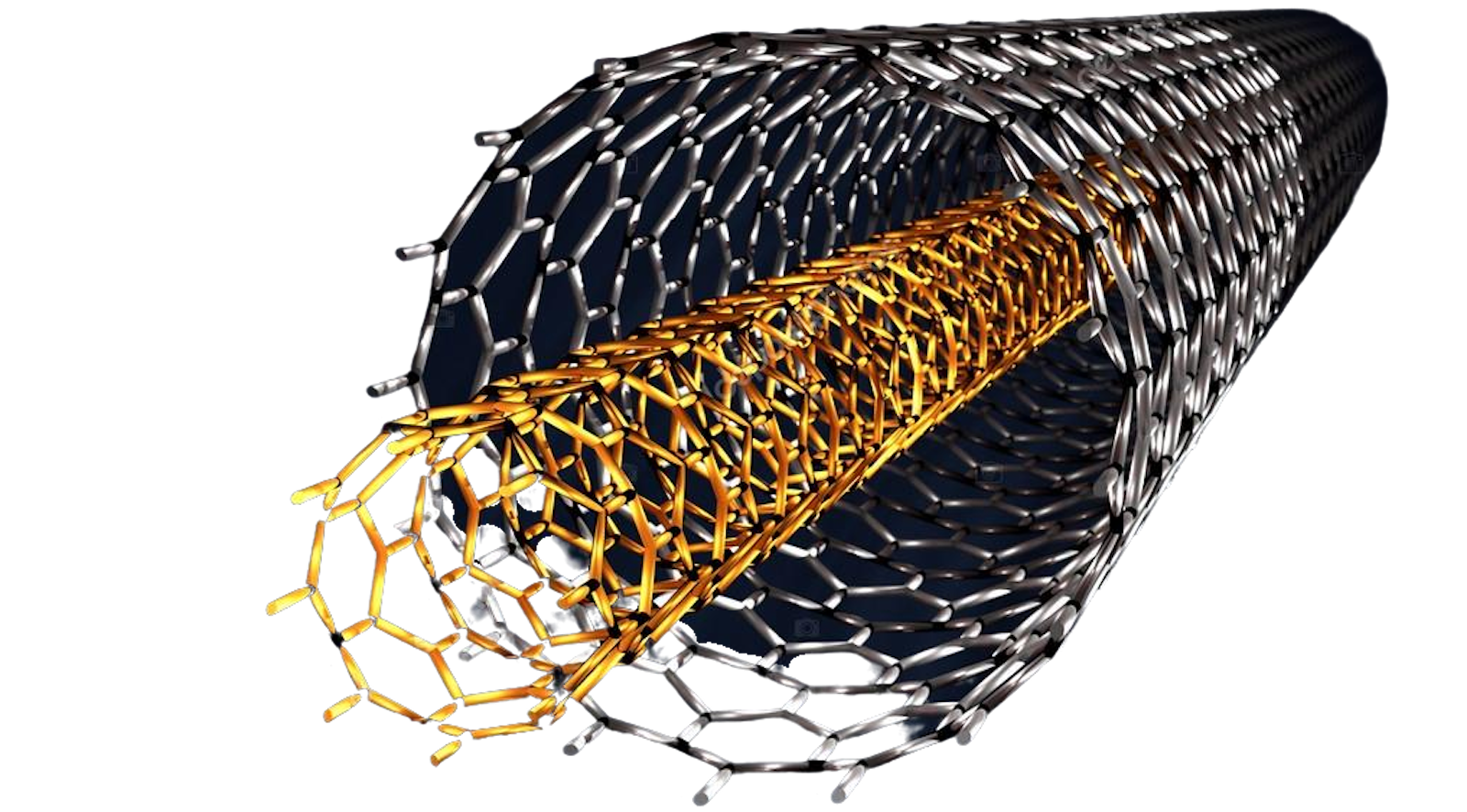“This breakthrough development translates into a remarkable improvement in cell-core energy density, reaching 2,000Wh/L in batteries and approximately 1,700Wh/L in full-size EV batteries – more than double the performance of current state-of-the-art technologies,”
“Sienza’s 3D pure silicon anode has demonstrated an average gravimetric capacity of 2,941 mAh/g,” Professor Gharib said. “This means that for every gram of silicon, our batteries can store 2,941 milliampere-hours of electricity, significantly higher than the industry standard for graphite, with a gravimetric capacity of 372 mAh/g.”
Aside from completely avoiding the cobalt issue, Sienza notes that its manufacturing process does not rely on the solvent-based coating systems deployed for producing conventional lithium-ion batteries. Sienza cites one commonly used solvent in particular, N-methyl-pyrrolidone (NMP).



Weight isn’t as big a concern with EVs because they require more energy to accelerate, but they get more energy back when regeneratively braking. The biggest impact on EV range is aerodynamic, by a long shot. The F-150 lightning, for example, has the same efficiency with the standard and extended range batteries, even though the extended range battery is 500 lbs heavier.
Weight still contributes to tire and brake wear which causes particulate pollution, makes handling worse, and makes crashes more energetic.
I don’t think that’s what the op was arguing with. I think they were just saying that weight is not the first thing that needs optimized here.
Yeah absolutely. I never said anything to the contrary. There are reasons to reduce EV weight, but range ain’t one of them.
230 miles on 98 kWh capacity = 0.4260 kWh per mile
Vs
300 miles on 131 kWh capacity = 0.4366 kWh per mile
Is that significant? Eh… But at the same time I wouldn’t throw 500 lb weights in the back and drive around claiming it didn’t impact performance.
Yeah, you put it in the driver’s seat
Ayyyoooooooo